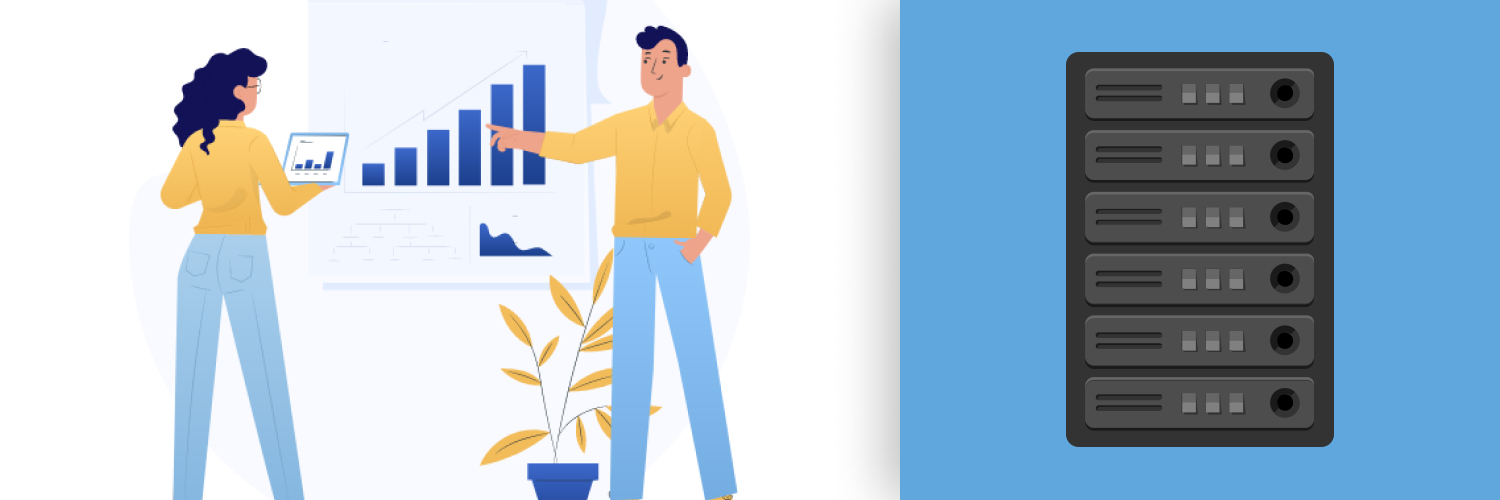
Data has become so important in our digital age and it’s only going to become more important. This has grown the need for data parsing so data can be understood. People and businesses use data to find patterns in user and market behavior so they can make the best decisions and be successful, and data parsing helps them do that.
Table of Contents
2. What Does It Mean To Parse Data?
4. Where Can You Apply Parsing Data?
5. Building A Parser Vs. Buying A Parser
Using data is now essential in almost every part of business, from setting goals that can be achieved, creating business plans, marketing strategies, having price intelligence, and finding out what customers want more than anything else. Data collected from the web is not always readable, so data parsing is needed to help present this data simply to anyone who needs it.
In this article, you will learn what data parsing is, how businesses use it, what data parsing tools you can use to get parsed data, and more.
What Is Data Parsing?
 Data parsing is the method used to convert data from one form to another. This is necessary because most of the data that is collected from different sources on the web is not readable. Data parsing is needed to change the format of this data so it can be used to make decisions and find patterns that are supported by data.
Data parsing is the method used to convert data from one form to another. This is necessary because most of the data that is collected from different sources on the web is not readable. Data parsing is needed to change the format of this data so it can be used to make decisions and find patterns that are supported by data.
Raw data is not useful on its own. That’s why data parsing is necessary when you want to use data that has been collected. A data parser is only used to convert data into a different format. It cannot be used to analyze data or to collect it. This requires other tools and procedures that are used before and after the data parsing.
What Does It Mean To Parse Data?
 When you want to parse data, you will need to use a data parser. This is a tool that is needed for this process. A good data parser will identify the data that is needed, this will be decided and added to the code and the rules of the parser before it is used. It will then find and collect this data and add it into a JSON, CSV, or other file types.
When you want to parse data, you will need to use a data parser. This is a tool that is needed for this process. A good data parser will identify the data that is needed, this will be decided and added to the code and the rules of the parser before it is used. It will then find and collect this data and add it into a JSON, CSV, or other file types.
Data parsers can be customized so they transform data into the required format from whatever format that it’s in after being collected. There are different parsing technologies that can be used, and there are many use cases for this process. Let’s look at these technologies and what makes them different.
Data Parsing Technologies
 Data parsers are customizable, and they have tons of flexibility. They can work with different technologies, languages, and data parsing tools to be more effective. The common technologies and languages used with data parsers are:
Data parsers are customizable, and they have tons of flexibility. They can work with different technologies, languages, and data parsing tools to be more effective. The common technologies and languages used with data parsers are:
Scripting languages
Scripting languages can be used with data parsers to issue different commands without needing to be compiled. This speeds up the data parsing process and makes it simpler to transform data into another format. Scripting languages are used in games, plug-ins, web applications, and more.
Database languages and SQL
SQL is an acronym for Structured Query Language and it is a programming language that is used for managing data in database systems. It can be used to find specific data that you need and it makes it easier to control large amounts of data that has been collected. Using database languages with your data parser makes it easy to filter through all the data and find what you need.
HTTPS and internet protocols
HTTPS is an acronym for Hypertext Transfer Protocol Secure. Internet protocols like HTTPS and others are used for data communication on the internet. Using these protocols is necessary when collecting data from the web using a data parser.
Modeling languages
These languages are used to specify different system requirements, behaviors, and structures. Modeling languages are needed to understand how the modeled system works. This is an artificial language that can express information in a structured way that is defined by a set of rules.
Where Can You Apply Parsing Data?
 Data parsing has different use cases that you can benefit from. Let’s talk about some of the common use cases that you will see people and businesses using data parsing for.
Data parsing has different use cases that you can benefit from. Let’s talk about some of the common use cases that you will see people and businesses using data parsing for.
E-commerce
There is tons of data that can be parsed for e-commerce and there are many benefits that can be gained from it. Businesses use data parsing in this sector to get price intelligence, information about customers and what they are looking to buy, market trends, and more.
Investments
Banks and other organizations use data parsing to scrape through data and find information that they can use. This data can help them look through investment portfolios and decide what the best choices are and what they should not do. Organizations scrape through all of this data to find trends that cannot be spotted otherwise.
Building A Parser Vs. Buying A Parser
 Should you build a data parser or buy one? This is an important question that you need to ask yourself before you start parsing data. Both options have their pros and cons, and we are going to tell you what they are, so you can make the best decision based on what you need.
Should you build a data parser or buy one? This is an important question that you need to ask yourself before you start parsing data. Both options have their pros and cons, and we are going to tell you what they are, so you can make the best decision based on what you need.
Building a data parser
- Advantages:
- You can customize it for whatever your needs are.
- It is usually cheaper to build your own parser than buying one.
- You can update your data parser and manage it however you want.
- Disadvantages:
- You will need to hire professionals to build the data parser for you. This will take time, and you will need to find a team that can keep within your budget.
- You will need to buy a server that can parse your data fast enough.
- Maintaining the parser will take time and resources you might not have.
Buying a parser
- Advantages:
- You can rely on experts to fix any issues you are having with the parser.
- The parser and servers will be maintained by the experts. You can focus on everything else.
- Experts will help customize the parser so it does what you need it to.
- Disadvantages:
- This is the more costly option.
- You will not have as much flexibility with the data parser.
 Conclusion
Conclusion
 You should now understand what data parsing is and how it can be used. If you want to start data parsing, you need to know what your needs are. This will help you make the best decisions and make the process easier for yourself.
You should now understand what data parsing is and how it can be used. If you want to start data parsing, you need to know what your needs are. This will help you make the best decisions and make the process easier for yourself.







